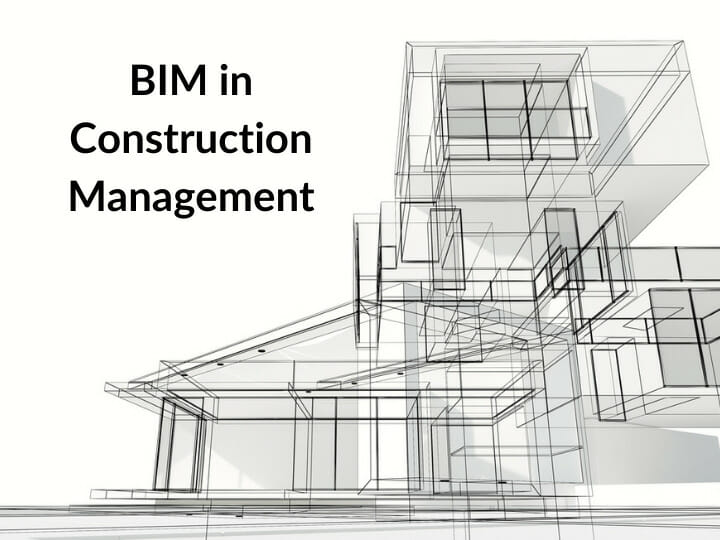
Ways BIM is Improving Construction Management

Antecedent to the rise in popularity of Building Information Modeling (BIM), commercial buildings were designed and developed using CAD technology – but now, the value that BIM can provide to architects, engineers, project managers, and construction managers has led to a shift in the industry where BIM has become the standard for delivering complete commercial construction projects. BIM construction management software isn’t just used to create drawings anymore but also enables enhanced efficiency during the robust communication and collaboration capability. In addition, BIM offers after-the-fact building management capabilities that can help building and property managers well into the future.
There are five key ways that show how utilizing BIM in construction management has led to positive and efficient results:
1. BIM Validates the Constructability of a Design
The ability to view commercial buildings in full 3D enables architects and engineers to confirm that each piece will work together to form a complete result. This is especially true for more complex projects where immense accuracy is essential to the building’s success. BIM helps designers plan accordingly and identify areas of concern long before construction begins. This includes the physical building elements, but also incorporates data for tower cranes, machine storage, temporary site requirements, support structures, and more while the building is being erected. All of these details can be validated by using BIM for construction management.
2. BIM Improves Construction Cost Estimates
BIM construction management capabilities include the collection and use of building data to help estimators understand cost better. Using quantity reports, estimators can provide material take-off information to contractors and construction managers – information that leaves very little room for error. This means a higher level of accuracy for building costs, less wasted material, and fewer hours spent calculating required materials. All of the information is taken directly from the model, which is a benefit that 2D CAD drawings are unable to provide. To make things even easier, BIM software can be used with open BIM and exported to both tender and estimating software.
3. BIM Informs Construction Sequencing and Scheduling
Using BIM in construction management enables 3D models to be created long in advance, but also simulated prior to finalization. This means that designers and CMs can optimize the construction sequence and run through several different possible scenarios to determine how the project should be executed. The ability to calculate the time it takes for each trade to complete their scope also means that schedules can be tighter for better efficiency and cost savings.
4. BIM Supports Prefabrication and Off-Site Construction
In an effort to complete commercial building projects faster, prefabricated and modular options are becoming more popular. These methods can help to reduce labor costs and wasted materials, as well as improve the quality of the finished product. Utilizing BIM for construction management where prefab and/or modular components are planned enhances the end result as data from the building information model can be exported to create shop drawings from which these components can be manufactured.
5. BIM Enhances the Completion and Handover Process
Many projects rely on manual labor to update as-built drawings in order to ensure a successful hand-off once a building is completed. BIM construction management software updates the model in real-time as changes are made during the construction phase so that exporting as-built drawings is simple and provides accessibility to facility managers, property managers, and other concerned parties. Maintenance, optimization, and general building operation are all made easier with BIM.
VIATechnik’s BIM Services
Our team has provided BIM services for over 2000 projects and has helped to optimize efficiency in various building construction for many years. Contact us today to discuss your project and discover how our BIM services can help.



